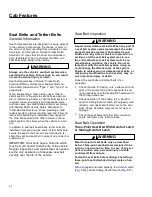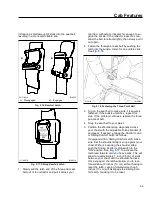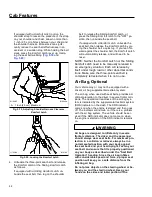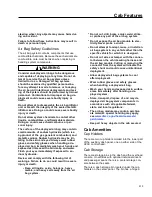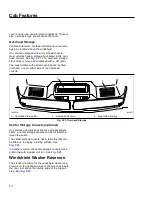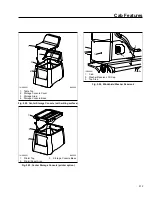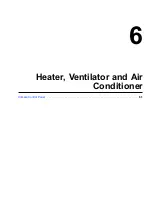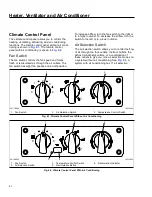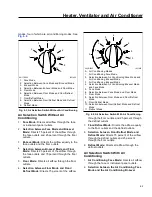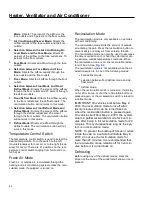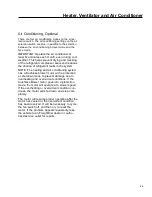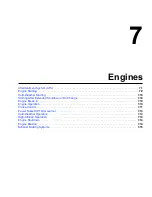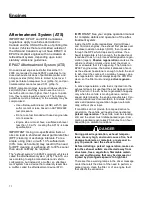
because the engine software calls for a manual
regen.
The regen-inhibit switch provides additional control
over the aftertreatment regeneration process. A driver
may decide to use this feature if they are hauling
cargo that should not be exposed to possible high
exhaust temperatures from an automatic regen.
When activated, the inhibit switch will stop a regen-
eration cycle in progress, and prevent the start of a
regeneration cycle until the switch is no longer ac-
tive. See
Fig. 7.5
.
EPA10 Aftertreatment System (ATS)
The EPA mandates that all engines built after De-
cember 31, 2009 must reduce the level of emissions
exhausted by the engine to the following levels:
•
Nitrogen Oxides (NOx) – 0.2 g/bhp-hr
•
Particulate Matter (PM) – .01 g/bhp-hr
To meet EPA guidelines, diesel engines installed in
Daimler Trucks North America (DTNA) chassis for
domicile in Canada and the USA use an aftertreat-
ment system (ATS) with an aftertreatment device
(ATD) and Selective Catalytic Reduction (SCR) tech-
nology to reduce NOx downstream of the engine.
NOTICE
Using non-specification fluids can result in seri-
ous damage to the ATS. It is extremely important
that the following guidelines be followed for ve-
hicles with EPA10-compliant engines, or damage
may occur to the ATD, and the warranty may be
compromised.
•
Use ultralow-sulfur diesel with 15 ppm sulfur
content or less.
•
Do not use fuel blended with used engine lube
oil or kerosene.
•
Engine lube oil must have a sulfated ash level
less than 1.0 wt %; currently referred to as
CJ-4 oil.
•
Use only certified diesel exhaust fluid (DEF) in
the DEF tank.
After exhaust gasses leave the engine, they flow into
the ATS. First they flow into a two-part ATD, com-
prised of a diesel oxidation catalyst (DOC), and a
diesel particulate filter (DPF). The DPF traps soot
particles, then exhaust heat converts the soot to ash
in the DPF, in a process called regeneration (regen).
The harder an engine works, the better it disposes of
soot. When the engine is running under load and
regen occurs without input, it is called passive regen.
If the engine isn’t running hot enough, the electronic
controls may initiate an active regen, whereby extra
fuel is injected into the exhaust stream before the
diesel particulate filter, to superheat the soot trapped
in the filter and burn it to ash. Both types of regen
occur without driver input.
WARNING
Active regeneration can occur automatically any-
time the vehicle is moving. The exhaust gas tem-
perature could reach 1500°F (800°C), which is hot
enough to cause a fire, heat damage to objects
or materials, or personal injury to persons near
the exhaust outlet. See
Regen-Inhibit Switch
later
f610848
10/02/2006
Fig. 7.4, Request Regen Switch
f610944
07/30/2009
Fig. 7.5, Regen-Inhibit Switch
Engines
7.3

